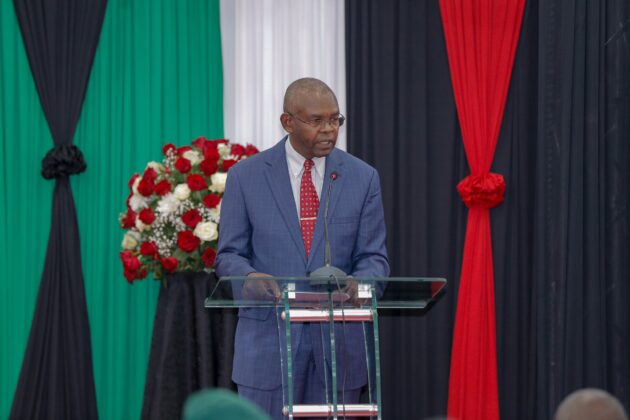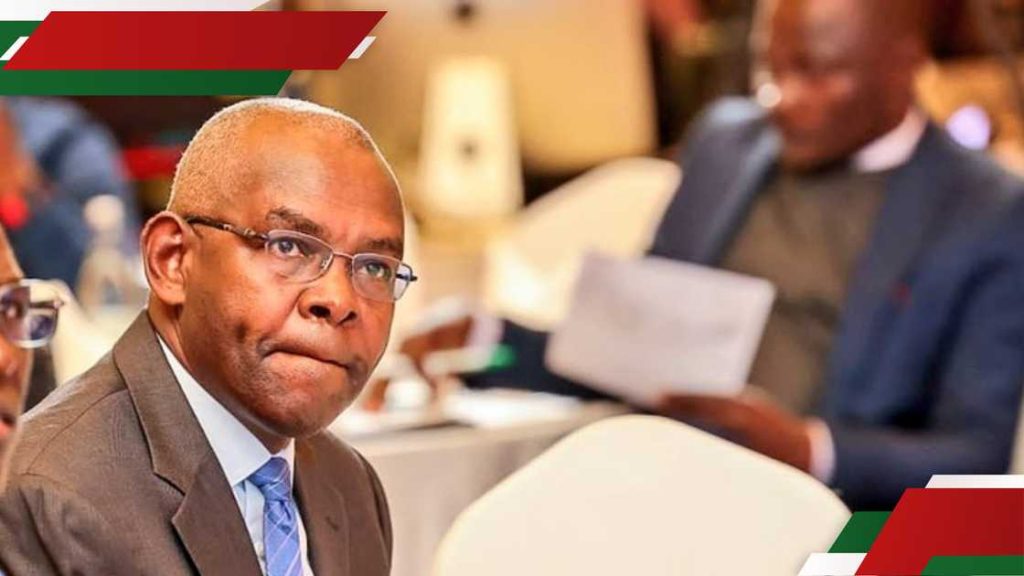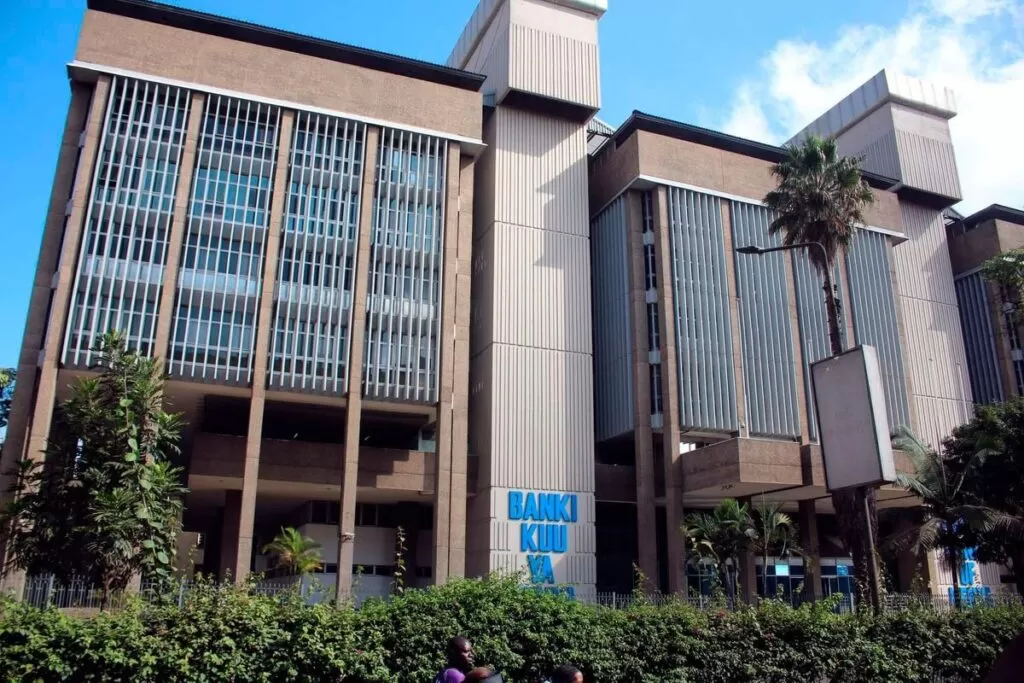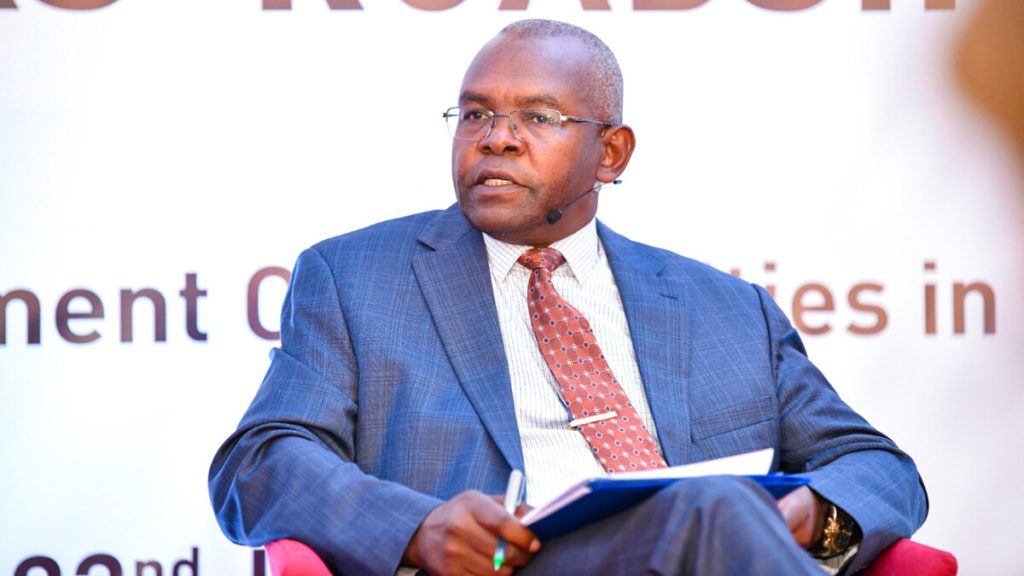
- MPC:CBK Lowers Key Lending Rate to 9.75 Pc to 10pc;
The Central Bank of Kenya’s(CBK) Monetary Policy Committee (MPC) has reduced its key lending rate by 25 basis points to 9.75 percent from 10.00 percent.
The decision, made at a meeting on June 10, 2025, aims to boost private sector lending and economic activity while keeping inflation in check and maintaining exchange rate stability.

The committee noted that the global growth is projected at 2.8 percent in 2025 compared to 3.3 percent in 2024, mainly reflecting significant downward revisions to growth in the United States and China.
This is due to effects of higher tariffs on U.S. imports, and retaliatory tariffs by trading partners.
Although the U.S. and China have retreated on their previously announced tariff levels, the outcomes of bilateral trade negotiations between the U.S. and key trading partners remain highly uncertain.
Reduced global demand, particularly in China, and escalation of geopolitical tensions in the Middle East and the Russia-Ukraine conflict, remain key risks to growth.

The committee further stated that the global headline inflation has moderated, but is projected to decline at a slower pace due to the expected inflationary impact of higher tariffs on trade.
Central banks in major economies have adopted a more cautious approach in lowering policy rates, the committee noted.
International oil prices have moderated due to increased production and subdued global demand mainly from China, but the risk of potential volatility remains elevated due to higher tariffs on imports, and persistent geopolitical tensions.
Food inflation has eased slightly mainly driven by lower cereals and sugar prices inflation, but edible oils price inflation remains elevated.
In addition, the committee said that Kenya’s overall inflation declined to 3.8 percent in May 2025 from 4.1 percent in April, and remained below the mid-point of the target range of 5±2.5 percent.
“Non-core inflation declined to 6.0 percent in May from 8.4 percent in April, reflecting lower prices of food crops and related items, particularly vegetables,” the committee noted.

Additionally, lower energy and utilities inflation continued to moderate non-core inflation, on account of lower electricity prices.
Nevertheless, core inflation rose to 2.8 percent in May from 2.5 percent in April, mainly on account of higher prices of processed food items.
Overall inflation is expected to remain below the mid-point of the target range in the near term, supported by stability in food and energy prices, and continued exchange rate stability.
The recently released Economic Survey 2025 shows that the performance of the Kenyan economy slowed down in 2024, with real GDP growing by 4.7 percent compared to 5.7 percent in 2023, mainly reflecting deceleration in growth in most sectors of the economy.
 However, leading indicators of economic activity point to improved performance in the first quarter of 2025.
However, leading indicators of economic activity point to improved performance in the first quarter of 2025.
The projected growth of the economy in 2025 has been revised to 5.2 percent from 5.4 percent, on account of higher tariffs on trade.
The resilience of key service sectors and agriculture, expected recovery in growth of credit to the private sector, and improved exports, are expected to support the pickup of growth in 2025.
A majority of respondents to the May 2025 Agriculture Survey expect overall inflation to decline or remain unchanged in the next three months on account of expected stability in food prices attributed to favourable weather conditions, stability in pump prices, and the stable exchange rate.
On the other hand, the CEOs Survey and Market Perceptions Survey conducted in May 2025 revealed sustained optimism about business activity and economic growth prospects for the next 12 months.
 The optimism was attributed to the stable macroeconomic environment, improved agricultural production supported by favourable weather conditions, and continued decline in interest rates.
The optimism was attributed to the stable macroeconomic environment, improved agricultural production supported by favourable weather conditions, and continued decline in interest rates.
Therefore, respondents expressed concerns about subdued consumer demand, high cost of doing business, and increased global uncertainties attributed to geopolitical and trade tensions.
The current account deficit narrowed to 1.8 percent of GDP in the 12 months to April 2025 compared to 2.2 percent of GDP in a similar period in 2024, mainly reflecting resilient goods exports and diaspora remittances.
Goods exports increased by 3.8 percent, due to higher domestic exports, particularly horticulture and coffee.
Goods imports rose by 7.6 percent, reflecting increases in intermediate and capital goods imports.
Services receipts increased by 12.0 percent, mainly supported by increased receipts from transport and travel services. Diaspora remittances increased by 12.1 percent in the 12 months to April 2025.
The current account deficit in the 12 months to April 2025 was more than fully financed by financial account inflows, resulting in an overall balance of payments surplus of USD 2,104 million.
The current account deficit is projected to remain relatively stable at 1.5 percent of GDP in 2025 compared to 1.3 percent of GDP in 2024, and is expected to be more than fully financed by financial account inflows.
The overall balance of payments surplus and build up in gross reserves of USD 1,107 Million, is expected to stabilize also.
The CBK foreign exchange reserves, which currently stand at USD 10,828 million (4.75 Months of import cover), are at their highest levels and continue to provide adequate cover and a buffer against any short-term shocks in the foreign exchange market, CBK said.
The banking sector remains stable and resilient, with strong liquidity and capital adequacy ratios.
The ratio of gross non-performing loans (NPLs) to gross loans stood at 17.6 percent in April 2025 compared to 17.2 percent in February.
Increases in NPLs were noted in trade, personal and household, tourism and hotels, and building and construction.
Banks have continued to make adequate provisions for the NPLs.
Growth in commercial bank lending to the private sector stood at 2.0 percent in May 2025 compared to 0.4 percent in April, and -2.9 percent in January 2025.
This reflects improved demand in line with the declining lending interest rates, and dissipation of exchange rate valuation effects on foreign currency denominated loans following the appreciation of the Shilling.
Average commercial banks’ lending rates declined to 15.4 Percent in May 2025, from 15.7 percent in April and 17.2 percent in November 2024.
The Committee noted the ongoing implementation of the FY2024/25 Supplementary Budget II, and the proposed Budget for FY2025/26, which continue to reinforce the fiscal consolidation over the medium term, and thereby reduce debt vulnerabilities.
Overall inflation in Kenya is expected to stay below the 5 percent target midpoint in the near future.
Globally, major central banks are still cutting interest rates, though cautiously.
Domestically, average lending rates are falling, and private sector credit growth has seen a modest recovery.
The Committee will meet again in August 2025.









